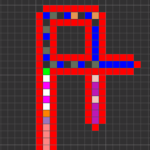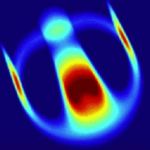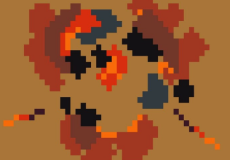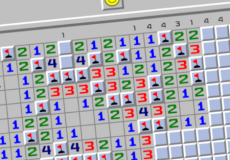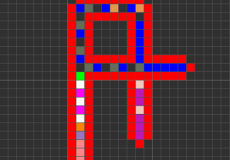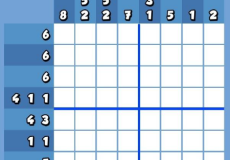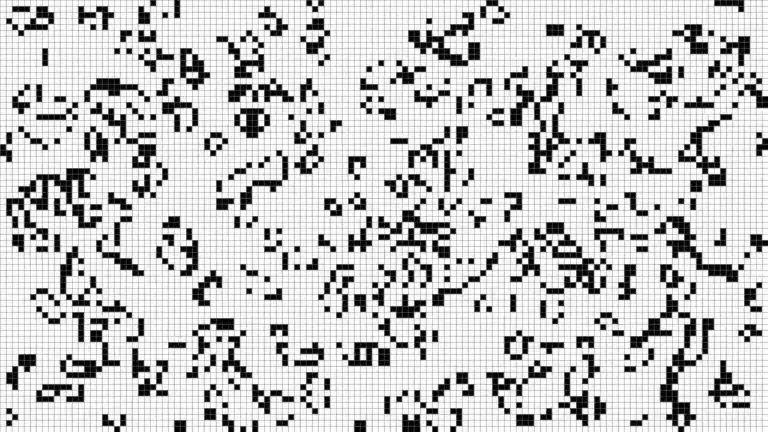

Gosper Glider Gun
The Gosper glider gun is one of the most iconic patterns in Conway’s Game of Life, a grid-based cellular automaton where simple rules produce complex behavior. Unlike static or repeating shapes, the glider gun creates an ongoing stream of moving patterns known as gliders. Once the simulation starts, the gun begins to release these gliders at regular intervals, making it the first known pattern in the Game of Life that produces continuous output. It does so without any player interaction after setup, driven entirely by the original rules of the system.
Similiar games
The Gosper glider gun is one of the most iconic patterns in Conway’s Game of Life, a grid-based cellular automaton where simple rules produce complex behavior. Unlike static or repeating shapes, the glider gun creates an ongoing stream of moving patterns known as gliders. Once the simulation starts, the gun begins to release these gliders at regular intervals, making it the first known pattern in the Game of Life that produces continuous output. It does so without any player interaction after setup, driven entirely by the original rules of the system.
Structure and Function
The pattern itself is made up of carefully placed live cells that interact in such a way that they regenerate themselves while sending a glider out across the grid. Each glider travels diagonally across the screen, maintaining its shape and speed. The gun’s internal mechanics cycle through dozens of steps before returning to their original layout, creating the illusion of motion from a static system. This ability to sustain movement from a repeating loop of interactions is what makes the Gosper glider gun both fascinating and useful in more complex simulations.
More Than Just a Visual Effect
While it might look simple, the glider gun is an essential building block for creating logic systems within the Game of Life. Gliders can be used to trigger other events on the grid, interact with other patterns, or be destroyed on impact to simulate computation. In this way, the Gosper glider gun functions like a pulse generator or signal emitter in digital logic. It’s one of the first steps toward building a functioning computer inside the Game of Life—something that has been achieved in theory using only the game’s basic rules.
Historical and Theoretical Importance
Discovered by Bill Gosper in 1970, the glider gun became a breakthrough for those studying cellular automata. Before its discovery, many believed that repeating motion was impossible within the system. Its existence proved that infinite growth was possible, and that stable machines could be designed using the game’s basic conditions. It’s often the first example shown to demonstrate how complex systems can emerge from minimal input, and it remains central to discussions about pattern growth and self-replication.
Today, the Gosper glider gun is used as a starting point for experiments in pattern interaction and computational design. Developers and researchers use it to test how gliders behave when they collide with other structures, or to create timing sequences in larger simulated machines. Even casual players of the Game of Life find it useful for watching how motion can emerge from order.
Discuss Gosper Glider Gun


